You can contact LEARNZ, part of CORE Education, at:
Postal Address:
PO Box 13 678,
Christchurch 8141,
New Zealand
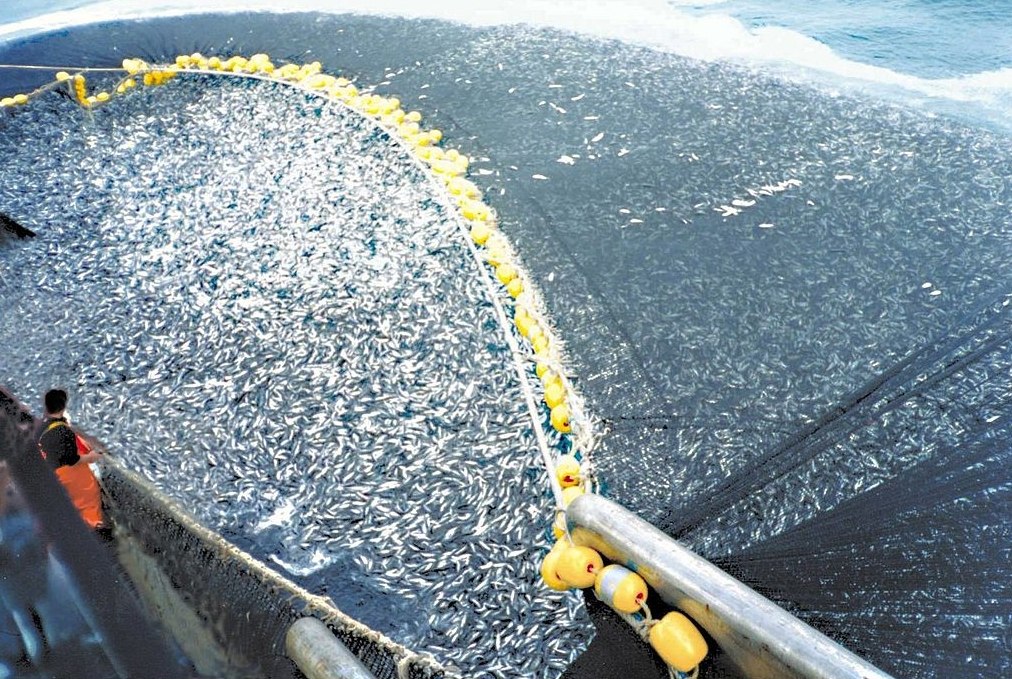
We now know that it’s not only our activities at sea but also what we do on land that affects life in our oceans, because all rivers flow to the sea.
As kaitiaki/guardians of the sea we must learn more about our marine areas, so we can better protect them.
Many of the species and habitats found in our waters are under threat.
People living near the sea have probably always used the sea as a source of food. But with better fishing equipment, larger ships, new tracking technology and more people, over-fishing is a problem.
Some types of fishing such as dredging, and trawling can cause damage to the sea floor and anything that lives there. Dredging and trawling can also catch other species (known as bycatch) that are then discarded.
In New Zealand, fisheries are managed by a system that sets limits on how many fish can be caught. Our fisheries are managed by MPI, the Ministry for Primary Industries.
Our oceans have been used as a dumping ground for all sorts of waste. People now realise that our oceans cannot survive if we keep polluting them.
Some marine pollution may be accidental, for example, oil spills caused by tanker accidents. Some may not be direct, such as when pollutants from land flows out to sea in stormwater drains and rivers. Some effects may build up over time and toxins can build up in animals.
In some parts of the world it is not safe to eat shellfish or fish because they have pollutants such as lead in them.
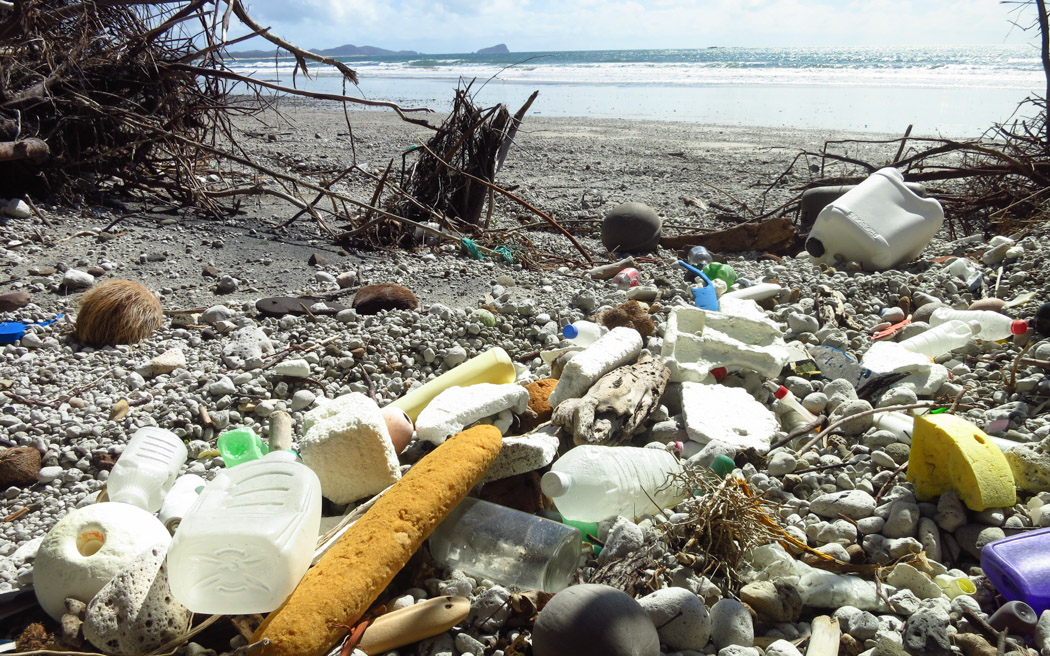
Have you ever heard the phrase, 'too much of a good thing?' Eutrophication is a good example of this. When marine systems have too many nutrients flowing into them, the whole system suffers. These nutrients usually come from fertilisers used on some farms, which are washed into the sea.
Extra nutrients in the sea can cause too much phytoplankton growth. When these blooms of phytoplankton have used up all the nutrients they die, and are broken down by bacteria that use oxygen. This leads to a drop in oxygen levels, which kills other plants and animals.
Rain, rivers and streams wash sediment off the land and into estuaries and the sea. This can be sped up by clearing land for buildings and industry.
Sediment can build up and smother the seabed, killing creatures living in the mud. Too much sediment makes the water cloudy. This kills aquatic plants such as seagrass, which can no longer make food from sunlight.
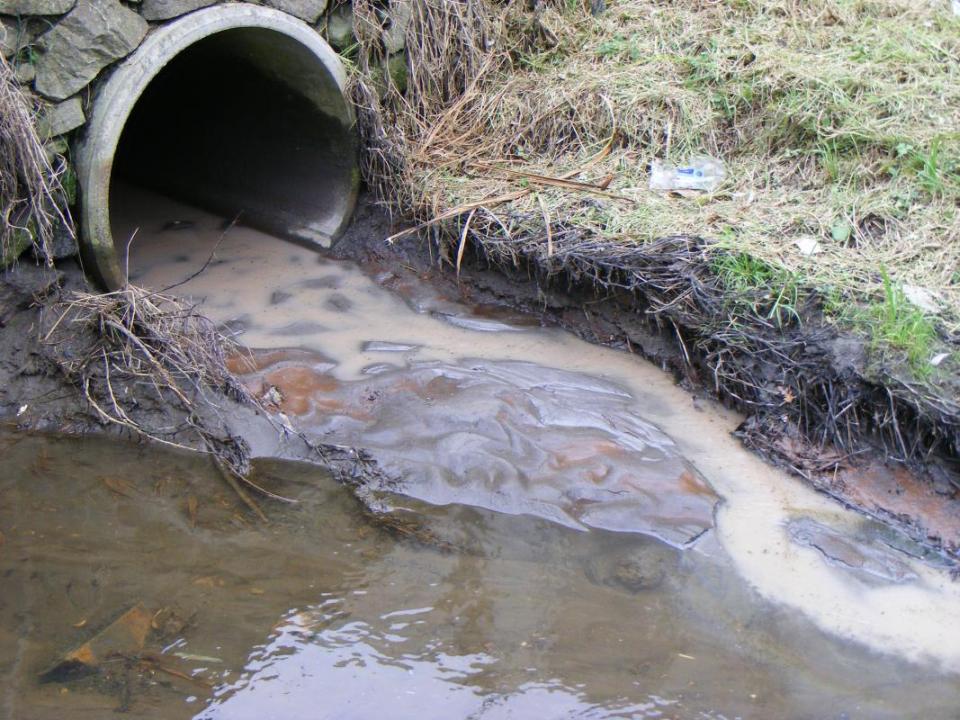
Invasive species are a threat to marine areas. It is not always easy to monitor or stop the introduction of unwanted marine organisms. Visiting ships may bring them accidentally. They can also arrive ‘naturally’, eg Myrtle rust was blown over the sea from Australia.
Not all introduced species will spread or even survive, but if they do, they may be very hard or impossible to remove, and may out compete native species.
Climate change can lead to bigger storms which will increase the amount of sediment flowing into the sea, changing light and other conditions.
Oceans also absorb heat. A small increase in sea temperatures can have a large impact on marine ecosystems and the organisms living within them.
Human activity has led to an increase in carbon dioxide levels in the air. The sea absorbs some of this CO2. More CO2 in the sea makes the ocean a little bit more acidic. Even though this increase is small it can affect sea creatures, especially those that have a shell which can be damaged by the increase in acidity.
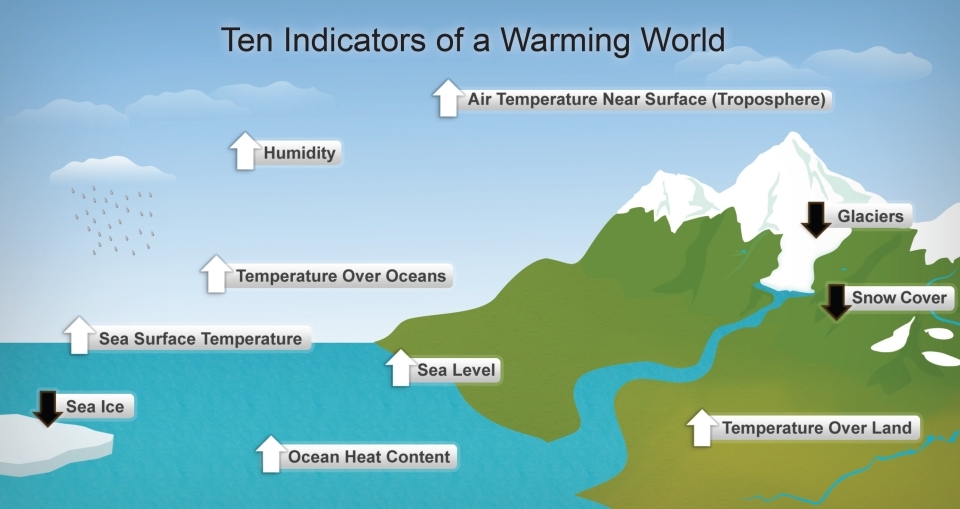
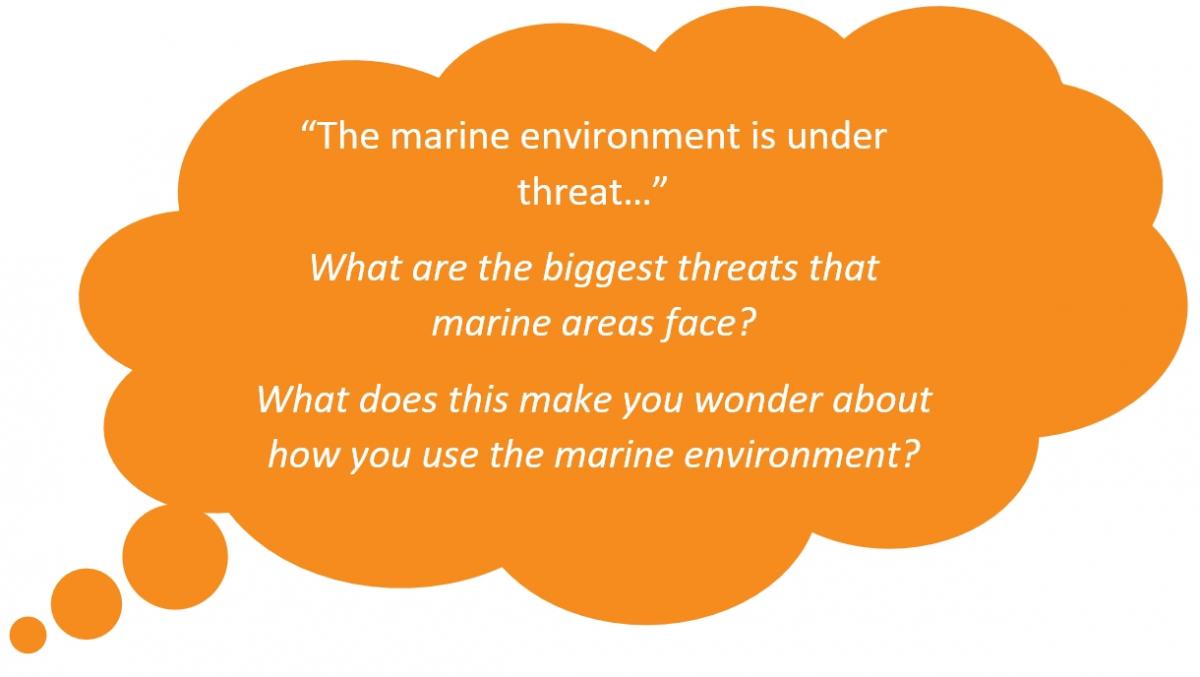
The way people use the land and sea can have a negative impact, including:
Complete the Threats to Marine Ecosystems quiz
> Discover more about marine ecosystems in Aotearoa